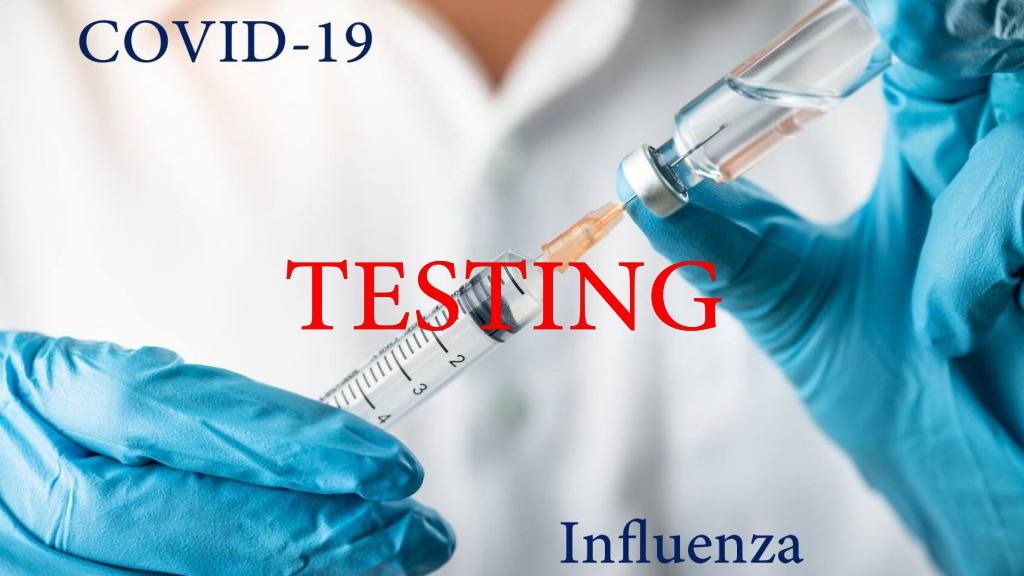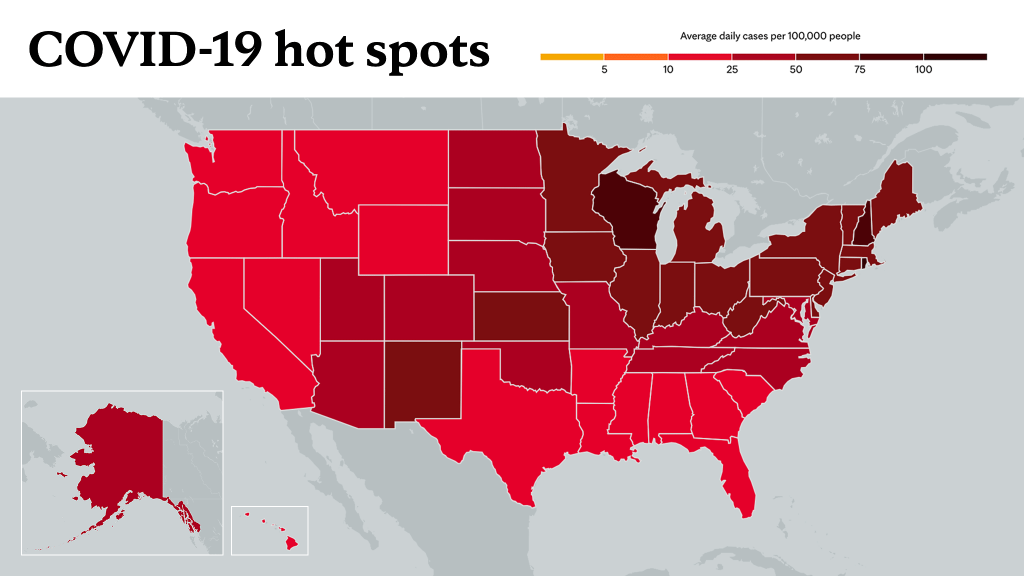-
COVID-19
When to test for flu, COVID-19

COVID-19 positivity rates in some areas of the U.S. are as high as 25%–30%. Now influenza rates also are starting to rise. Experts at Mayo Clinic anticipate flu activity will continue to increase over the coming weeks and months until the spring. While flu cases are still relatively low, the percentage of positive tests is slowly increasing.
Watch: Dr. Binnicker discusses testing for influenza and COVID-19.
Journalists: Soundbites are available in the downloads at the bottom of the posts. Please courtesy: "Matthew Binnicker, Ph.D./Laboratory Medicine and Pathology/Mayo Clinic."
"Three weeks ago, it was at 2%, Last week, it was at 4%. And this week, it's between 7% and 8% of our tests being positive for influenza, and that mirrors what we're seeing in other parts of the country with flu cases emerging," says Matthew Binnicker, Ph.D., director of Clinical Virology at Mayo Clinic.
With the delta and omicron variants also continuing to spread, how can people know if they're sick with COVID-19 or the flu?
The most common influenza symptoms include fever, sore throat, headache and body aches. However, if influenza involves the lungs, people may experience coughing, shortness of breath and possibly even more severe complications, such as pneumonia. The spectrum of flu symptoms is similar to COVID-19 symptoms.
"Because the symptoms are really similar, especially early on during the disease course between those two viral infections, and because we're going to manage patients differently depending on whether they have COVID-19 or influenza, testing is very important," says Dr. Binnicker.
Dr. Binnicker says Mayo Clinic Laboratories is ready to respond to an anticipated uptick in demand for testing.
"Fortunately, we're 20 months into the pandemic, and labs have built up a lot of testing capacity, including ours at Mayo Clinic. We have capacity to accommodate increasing demand. And we have contingency plans in place to further increase that testing capacity in the event that demand spikes. So, again, the fortunate news is that we have worked throughout the course of the pandemic to bring up more tests and test manufacturers have worked on producing more and getting more equipment in place. And, so, we are in a better position today to respond to that testing demand," says Dr. Binnicker.
The good news is that it's not too late to get vaccinated for COVID-19 and influenza. Doing so remains the best protection.
"As we continue into the winter months, we're likely going to see more flu and COVID-19. Everyone needs to continue to do their part with getting vaccinated and when out in public, I think mask wearing over the course of the winter months is going to continue to be important. And, hopefully, that will drive down case rates, but vaccination really is the key at this point," says Dr. Binnicker.
For the safety of its patients, staff and visitors, Mayo Clinic has strict masking policies in place. Anyone shown without a mask was recorded prior to COVID-19 or recorded in an area not designated for patient care, where social distancing and other safety protocols were followed.
Information in this post was accurate at the time of its posting. Due to the fluid nature of the COVID-19 pandemic, scientific understanding, along with guidelines and recommendations, may have changed since the original publication date.
For more information and all your COVID-19 coverage, go to the Mayo Clinic News Network and mayoclinic.org.
Learn more about tracking COVID-19 and COVID-19 trends.








